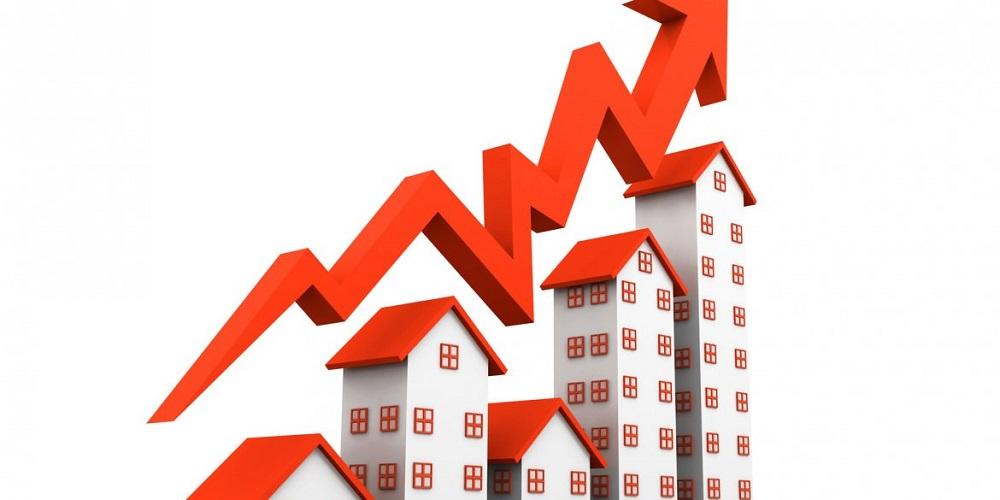Weathering heavy challenges in the past two pandemic years, the country’s real estate industry growth is shaping back to normalcy and in fact, holds a promising future. A double-digit growth in sales of property, both housing and commercial, is a testament to the full-scale recovery in the realty business. As the sector gears up to adapt to a transformed economic landscape and enhanced customer preferences, three major trends will favour and ensure that the flight of the domestic real estate market remains upward in the next year and beyond.
Revival of commercial realty: Pandemic imposed lockdown had forced a slew of businesses to shut shops and give up their office spaces. But, now that the pandemic has subsided and businesses are on the fast track recovery mode, empty commercial buildings and offices will not only be re-occupied but there is expected to be an exponential demand for new projects as companies will branch out operations aggressively to cover lost ground. Massive demand for such projects will particularly arise from tier 2 and tier 3 cities which have become a hotspot for economic activity owing to large-scale infrastructure development and road connectivity. This is attracting a large number of IT companies to set up offices here as well as sprouting e-commerce companies that are searching for huge warehouse spaces. The large movement of the working population settling down and the elevated standard of living in these locations also means there is going to be a full-scale opportunity for the development of malls, shopping complexes, theatres, schools, and hospitals, among others.
Affordable housing to be the real growth driver: As the economic condition of people gets a fresh lease of life post the financial uncertainties faced during the pandemic, home-buyers are now vigorously seeking to fulfil their aspiration of owning a house. While the luxury real estate market has captured the entire segment, we can’t compare the demand for housing by low and middle-income households that represent the largest segment of the country. Helped by the government’s fiscal incentives including credit-linked schemes for home-buyers, and the development of sustainable high-grade affordable homes by real estate developers, the low-cost housing segment is set to propel the real estate market towards growth as the largest generator of tax, foreign direct investment, and employment opportunities.
Smaller cities to be a market of opportunities: The government’s initiatives to develop modern logistics and infrastructure connectivity including roads, highways, railways, airports, and ports across the country has majorly benefited tier 2 and tier 3 cities. Business activity has boosted the job market in these regions. In addition, compared with metro cities which are increasingly burdened with extreme congestion, limited living space, and infrastructure amenities, smaller towns offer a more reasonable standard of living, propelling a high demand for housing and tremendous opportunity for real estate developers to build world-class projects at lower costs as huge area of land remain untapped.
While the industry should be optimistic about real estate growth in 2023, caution also needs to be exercised in face of inflationary headwinds, rising home loan rates, and an oncoming global recession, which could dampen the strong prospects for real estate in the long run. Timely and united strategies by the government and the industry are required to tame these challenges.
– Mr. Prashant Utreja, CEO, Reliance Home Finance
 Business Sandesh Indian Newspaper | Articles | Opinion Pieces | Research Studies | Findings & News | Sandesh News
Business Sandesh Indian Newspaper | Articles | Opinion Pieces | Research Studies | Findings & News | Sandesh News



